We can all agree we want all children to be affirmed and supported.
But where we disagree is whether it’s appropriate or not for a girl to get a double mastectomy or a boy to start puberty blocking hormones in the name of “gender-affirming care.”
I wondered how did we get here?
So I studied the timeline on public conversation from “transvestites” of the early 1900s to today’s “gender-affirming care” for children.
I created a chronology of events for this movement that is today akin to woke sex-ed on steroids — or as some dare to call it grooming and child abuse, with publishing houses, hospitals and activists introducing children as young as infants — before they can even say “mama” — to sexual and gender concepts like “intersex,” “non-binary” and “trans.” It’s a hypersexualizing of children that we are seeing.
Please direct message me on Twitter @AsraNomani or email me at asra@asranomani.com with any touchstones I missed in the timeline. Let’s understand how we got here to get out of this mess and focus on our No. 1 priority: affirming children, in all of their innocence.
When they are adults, they can make more educated decisions. But as children, let us simply love them and keep them off operating tables.
Asra Q. Nomani is a former Wall Street Journal reporter, author and senior fellow at the Independent Women’s Network.


Preamble: It’s about the adults
1918
‘Transvestite’ term coined by Magnus Hirschfield
According to an article in Scientific American, by Farah Naz Khan, a doctor on Twitter @farah287:
Magnus Hirschfeld, a German physician who could easily be considered the father of transgender health care, coined the term “transvestite” in 1918 at his Institute for Sexual Science in Berlin. Defining transvestism as the desire to express one’s gender in opposition to their defined sex, Hirschfeld and his colleagues used this now antiquated label as a gateway to the provision of sex changing therapies and as a means to protect his patients. Going against the grain, Hirschfeld was one of the first to offer his patients the means to achieve sex change, either through hormone therapy, sex change operations, or both.
In a time when his contemporaries aimed to “cure” transgender patients of their alleged mental affliction, Hirschfeld’s Adaptation Theory supported those who wanted to live according to the gender they felt most aligned with, as opposed to the gender that their sex obligated them to abide by. Much of the history of the institute’s early works were destroyed in the wake of the Nazi book burnings in 1933, but as far as history can prove, Hirschfeld’s institute was the first to offer gender reassignment surgery.
1922
‘Sex reassignment surgery’
According to the article in Scientific American:
In 1922, Hirschfeld performed castration on Dora Richter, one of the institute’s employees who later went on to complete her sex reassignment in 1931 with further surgeries at the institute. The institute's most famous patient was arguably Danish painter Lili Elbe (born Einar Wegener) whose life story has been fictionalized in the popular film The Danish Girl. Starting in 1930, Elbe had five surgeries performed as part of her male-to-female transition. Unfortunately, Elbe died from infection-related complications of her final surgery in 1931.
According to an article in the Bulletin of the American College of Surgeons:
Surgeons at the institute performed the earliest vaginal constructions in the 1930s. Early patients included an employee of the facility, known by the last name of Dorchen, and the Danish painter Lili Elbe, whose story was depicted in the 2015 film The Danish Girl.
Around the same time that Dr. Hirschfeld’s institute began performing vaginoplasties, the father of plastic surgery, Sir Harold Gillies, OBE, FRCS, had been refining techniques for genital construction in Britain. He did so primarily by operating on British men who had sustained genital injuries during wartime and subsequently presented to him for assistance. In the 1940s, he performed the first known phalloplasty for a transgender patient on Michael Dillon, MD, a British physician. Dr. Gillies later performed a vaginoplasty on patient Roberta Cowell, who gained some renown in Britain.
1947
Term ‘transexual’ coined by Alfred Kinsey
According to the article in Scientific American:
Pioneering influences in America began emerging in the 1940s, including Dr. Alfred Kinsey, the biologist who founded the Institute for Sex Research at Indiana University in 1947 (now known as the Kinsey Institute). Kinsey was one of the first to use the term transsexual in his gender studies, and he helped introduce America to a concept that for some reason still seems foreign to many today despite its obvious place in history for years.
1952
First American ‘sex change operation’
According to the article in Scientific American:
The first American to undergo a sex change operation was Christine Jorgensen, who brought significant attention to the transgender revolution in America when her story hit New York Times headlines in 1952. Jorgensen’s willingness to publicly tell her story helped bring a face to the growing transgender revolution in the states, but at the time the lack of quality transgender healthcare in the U.S. meant that Jorgensen had to travel to Denmark to get the treatment she needed.
1966
‘The Transexual Phenomenon’ published
According to the article in Scientific American:
…endocrinologist Henry Benjamin, who had offices in both New York City and San Francisco. Benjamin had been studying transgender issues since at least the 1950s, but it was his 1966 book The Transsexual Phenomenon that left the most indelible impact on American transgender healthcare.
According to the article in the Bulletin of the American College of Surgeons:
In 1966, he published The Transsexual Phenomenon, which detailed the era’s approach to GAS. Notably, this text includes far more detail about male-to-female (MTF) surgical operations, such as vaginoplasty, than female-to-male (FTM) operations, such as phalloplasty or metoidioplasty. At the time, transgender men were incorrectly believed to be less common than transgender women, and surgeons were reluctant to perform FTM GAS procedures. Based on writings from the era, some of this reluctance stemmed from uncertainty as to whether surgical techniques were capable of constructing a neophallus that would be satisfactory to the patient.
1966
Johns Hopkins University Gender Identity Clinic opened
According to the article in the Bulletin of the American College of Surgeons:
'Wave of clinics providing GAS [Gender Assignment Surgery]
Publication of Dr. Benjamin’s book coincided with the public announcement of JHU Gender Identity Clinic in November 1966. While several major academic centers had internally discussed the formation of research institutes to study the treatment of transgender patients since the early 1960s, the opening of the JHU clinic marked a transition from quiet deliberation to public recruitment for research on GAS. Initiatives quickly sprung up at many major universities and hospitals, marked by interdisciplinary collaboration between psychiatrists, urologists, plastic surgeons, gynecologists, and social workers. While estimates vary, the increase in U.S. patients who underwent GAS was dramatic, growing to more than 1,000 by the end of the 1970s from approximately 100 patients in 1969.
1967
Doubt
According to the article in the Bulletin of the American College of Surgeons:
Whereas GAS was a new endeavor for U.S. physicians, these clinics primarily operated as research programs. As a new field of practice, the physicians involved in the clinics faced significant skepticism from colleagues, such as psychiatrist Joost Meerloo, MD, who outlined his concerns in the American Journal of Psychiatry in 1967. Dr. Meerloo wrote, “Unwittingly, many a physician does not treat the disease as such but treats, rather, the fantasy a patient develops about his disease…I believe the surgical treatment of transsexual yearnings easily falls into this trap…. What about our medical responsibility and ethics? Do we have to collaborate with the sexual delusions of our patients?”
1979
Johns Hopkins questioned ‘sex reassignment’ surgeries
According to the article in Scientific American:
Over a decade later, a 1979 study out of Johns Hopkins called sex reassignment surgeries into question by suggesting that psychosocial outcomes in transgender patients who underwent reassignment surgery were not better than those who went without surgery. Despite criticism and a nod to flaws in its methodology, the study led to the closure of the Johns Hopkins Gender Identity Clinic and an end to the sex reassignment surgeries offered there.
According to the article in Scientific American, an effort began to counter this skepticism:
In an attempt to standardize care in response to this study’s accusations, the Henry Benjamin International Gender Dysphoria Association, now better known as the World Professional Association for Transgender Health (WPATH), created the first version of Standards of Care for the Health of Transsexual, Transgender, and Gender Nonconforming People. Now in its seventh iteration, the WPATH Standards of Care provide guidance on everything from hormone therapy to surgical interventions and everything in between.
According to the article in the Bulletin of the American College of Surgeons:
Even though many clinics’ GAS-related research was winding down in the late 1970s, the last 15 years of academic interest motivated the 1979 establishment of the Harry Benjamin International Gender Dysphoria Association. This organization, formed with the goal of organizing professionals who were “interested in the study and care of transexualism and gender dysphoria,” has since been renamed the World Professional Association for Transgender Health (WPATH) and has grown into an international interdisciplinary organization. WPATH has established internationally accepted guidelines for treating individuals with gender dysphoria, which are periodically updated. The most recent of these guidelines is the Standards of Care Version 7 (SOC7). Today, insurance companies, national payors, and treatment teams in both the U.S. and Europe use the WPATH SOC7 guidelines for establishing surgical eligibility.

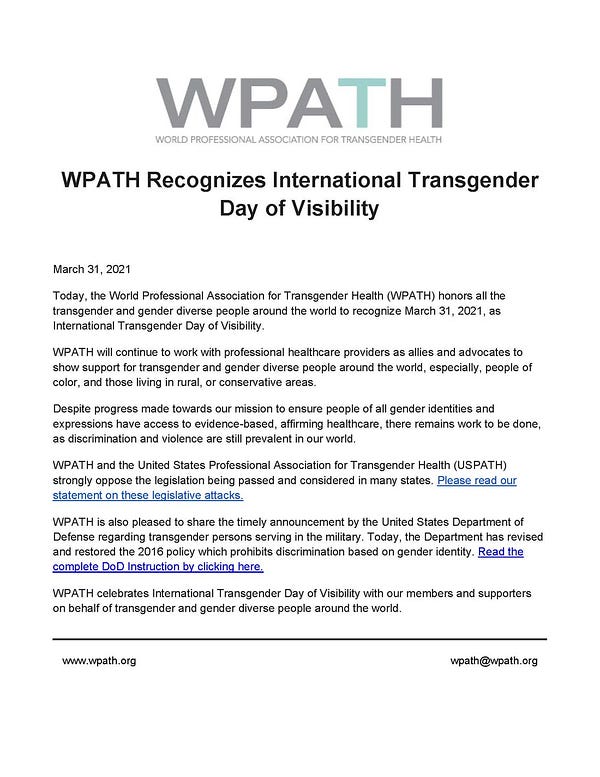
1980
‘Gender identity disorder’ added to DSM-3
According to the article in Scientific American:
…the 1980 addition of “gender identity disorder” to the American Psychiatric Association’s (APA) third Diagnostic and Statistical Manual (DSM-3)…but this controversial move actually helped transgender individuals gain access to an often impenetrable healthcare system.
1990
GLSEN established by founder Kevin Jennings.
As GLSEN was founded by a group of teachers in 1990, we knew that educators play key roles in creating affirming learning environments for LGBTQ youth. But as well as activating supportive educators, we believe in centering and uplifting student-led movements, which have powered initiatives like the Day of Silence, Ally Week, and more.
We conduct extensive and original research to inform our evidence-based solutions for K-12 education.
We author developmentally appropriate resources for educators to use throughout their school community.
We advise on, advocate for, and research comprehensive policies designed to protect LGBTQ students as well as students of marginalized identities. We’ve brought record support to the Safe Schools Improvement Act and the Student Non-Discrimination Act and fought discriminatory legislation in over 15 states.
We coordinate a network of 43 chapters in 30 states across the nation, to ensure that we have access to schools and districts across the country to reach every student.
We empower students to affect change by supporting student-led efforts to positively impact their own schools and local communities, and have thousands of registered GSAs nationwide.
Today, after over 25 years of leading the movement, GLSEN’s national network is more than 1.5 million strong, with students, families, educators, and education advocates working to create safe schools. More than 500,000 GLSEN resources are downloaded by students and educators each year.
Every day GLSEN works to ensure that LGBTQ students are able to learn and grow in a school environment free from bullying and harassment. Together, we can transform our nation’s K-12 schools into the safe and affirming environment all youth deserve.
It was formerly called the Gay and Lesbian Independent School Teachers Network.
According to its 2020 IRS 990 form, it had $9.2 million in revenue. The executive director, Eliza Byard, earned annual compensation of $274,581 with extra compensation of $34,687. The interim executive director, Melanie Willingham-Jaggers, earned $195,894 and $16,232 in other compensation.
1998
Trevor Project established (March 25, 1998)
On its website, it states:
In 1994, producers Peggy Rajski and Randy Stone saw writer/performer Celeste Lecesne bring to life Trevor, a character they created as part of their award-winning one-man show WORD OF MOUTH. Convinced Trevor’s story would make a wonderful short film, Stone and Rajski invited Lecesne to adapt it into a screenplay. Rajski directed the movie and TREVOR went on to win many prestigious awards including the Academy Award® for Best Live Action Short Film.
The Oscar-winning film eventually launched a national movement. When producer Randy Stone secured an airing on HBO with Ellen DeGeneres hosting, director/producer Peggy Rajski discovered there was no real place for young people like Trevor to turn when facing challenges similar to his. She quickly recruited mental health experts and figured out how to build the infrastructure necessary for a nationwide 24-hour crisis line, and writer Celeste Lecesne secured the funds to start it. On the night their funny and moving coming-of-age story premiered on HBO in 1998, these visionary filmmakers launched the Trevor Lifeline, the first national crisis intervention and suicide prevention lifeline for lesbian, gay, bisexual, transgender, queer & questioning youth.
Since then, hundreds of thousands of young people in crisis have reached out to The Trevor Project’s multiple in-person and online life-saving, life-affirming resources–Trevor Lifeline, TrevorChat, TrevorSpace and Trevor Education Workshops.
The Trevor Project is the premier organization providing crisis intervention and suicide prevention services to LGBTQ teens and young adults.
According to its 2019 990 filing, the Trevor Project Inc. had $29.6 million in revenues, paying out $11.7 million in salaries. It spent $1.8 million on fundraising. and $1.3 million on lobbying.
Its chief executive officer and executive director, Amit Paley, received an annual salary of $336,871 with $14,224 in additional compensation. It spent $375,883 at the Hilton in Beverly Hills, Calif., for an event. It spent $250,000 with Kettle Solutions in New York City for “brand/website support.” Its chief clinical operations officer earned a salary of $112,962 and its medical director earned a salary of $138,237.
Years later, parents raise questions about inappropriate and perhaps illegal chatrooms for minors with adults.

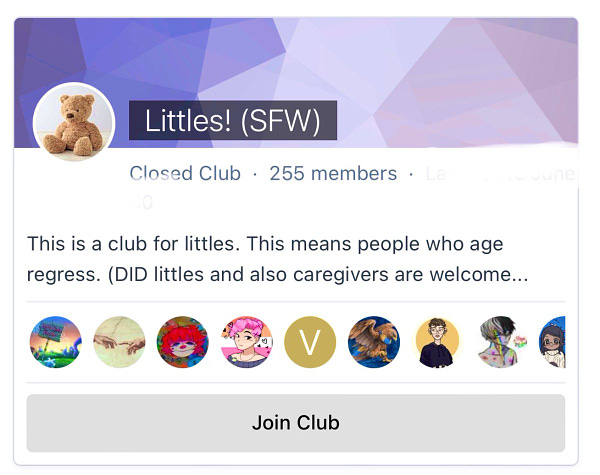
2009
According to the article in Scientific American:
…in 2009, the Endocrine Society put together brief clinical practice guidelines. These guidelines cover diagnosis, treatment, and preventive care needs for transgender patients, while also drawing attention to the potential risks associated with gender transition therapies.
Plot Twist: Targeting Children
An organization, GenderMapper.com, started mapping gender clinics and health care services.
It wrote:
10 years ago there were a handful of gender clinics for children- now, thanks to the gender mapping project, we know there are over 200 in North America. And we are still counting.
We advocate for an end to the experimental intervention being performed on children across the World. Puberty Blockers do not "pause" puberty- there is no evidence that supports this claim- they chemically castrate the child and stunt all development- including psychological and emotional development.
In recent years, there has been a massive uptake of females wanting to present as boys and truly do believe they are "born in the wrong body".
We want to help parents learn how to combat this, without having to resort to terrible, unproven, highly damaging medical practices.



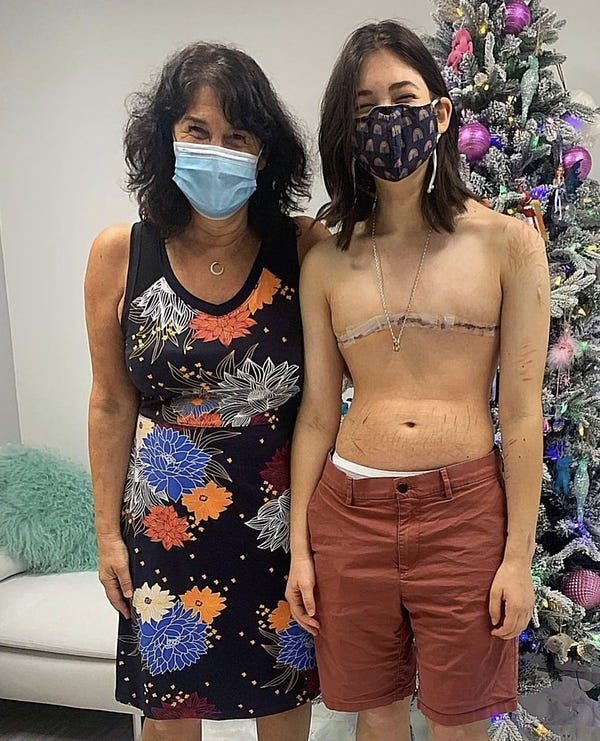
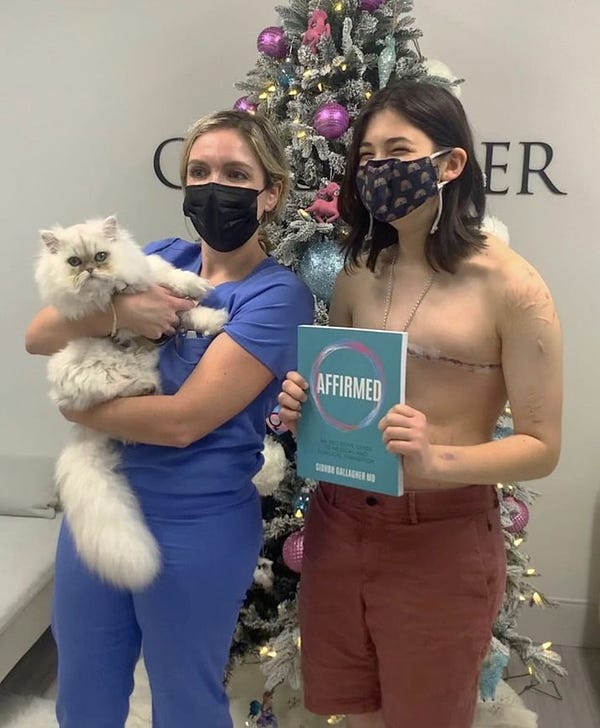
A Scientific American article claims:
…data from more than a dozen studies of more than 30,000 transgender and gender-diverse young people consistently show that access to gender-affirming care is associated with better mental health outcomes—and that lack of access to such care is associated with higher rates of suicidality, depression and self-harming behavior. (Gender diversity refers to the extent to which a person’s gendered behaviors, appearance and identities are culturally incongruent with the sex they were assigned at birth. Gender-diverse people can identify along the transgender spectrum, but not all do.) Major medical organizations, including the American Academy of Pediatrics (AAP), the American Academy of Child and Adolescent Psychiatry, the Endocrine Society, the American Medical Association, the American Psychological Association and the American Psychiatric Association, have published policy statements and guidelines on how to provide age-appropriate gender-affirming care. All of those medical societies find such care to be evidence-based and medically necessary.
AAP and Endocrine Society guidelines call for developmentally appropriate care, and that means no puberty blockers or hormones until young people are already undergoing puberty for their sex assigned at birth.
2011
Trans activist Eli Erlick, born in 1995 as a biological male, established Trans Student Educational Resources, aimed at children. Erlick was 16 at the time.


Erlick later invited youth to ask for prescription hormones that would be shipped to them and was accused of sexual assault.



2012
The book, 642 Things to Write About, was published on April 11, 2012, inlacing a prompt for students to describe a sex scene they would not show mothers. A follow-up prompt instructs them to write a version of the same sex scene they would show their mothers.
2013
‘Gender dysphoria’ replaced ‘gender identity disorder’ in DSM-5
According to the article in Scientific American:
…strides were made towards removing the notion of “disorder” in the context of gender identity, and with the release of the DSM-5 in 2013, gender identity disorder was replaced with the diagnosis “gender dysphoria.”
2014
January 2014
Children’s Hospital of Philadelphia launched
It later wrote on its website:
The Gender & Sexuality Development Clinic (GSDC) was founded in January 2014 and with our exciting growth over the last few years we are pleased to share with you our sixth Annual Update. The clinic team provides medical care and psychosocial support for transgender and gender expansive children and adolescents and their families. The GSDC is a collaboration among the Divisions of Adolescent Medicine and Endocrinology, and the Departments of Behavioral Health, Social Work and Family Services at Children’s Hospital of Philadelphia.
2021 has been a major phase of growth for our team. The strains of 2020 resulted in many local and regional clinics that support transgender and gender nonbinary children, youth and families reaching capacity due to staffing limits and/or program reductions. We were grateful that many of these families reached out to us for care. While we typically have averaged between 250 to 350 new families in a year, we welcomed more than 800 new families to our Gender & Sexuality Development Program in 2021.
This report shares more detail about the areas the program has been exploring, expanding and innovating throughout the year.
For a copy of this report, please contact genderclinic@chop.edu.


I Am Jazz published for youth (Sept. 4, 2014)
Trans activist Jessica Herthel published the book I Am Jazz on Sept. 4, 2014, about the real-life story of Jazz Jennings, an activist for “transkids everywhere,” the book’s promotional material said.
Medicare starts paying for 'gender transition’ surgery
According to the article in Scientific American:
…a government appeals board in 2014 ruled that Medicare must cover surgery for gender transitions, overturning a policy that had been in place since the 1980s.
2015

Trans Student Educational Resources created “The Gender Unicorn.”
It notes: “Illustrations by Anna Moore. Design by Landyn Pan, Eli Erlick, and many others.”
It teaches children as young as four years old:
Definitions:
Gender Identity: One’s internal sense of being male, female, neither of these, both, or another gender(s). Everyone has a gender identity, including you. For transgender people, their sex assigned at birth and their own internal sense of gender identity are not the same. Female, woman, and girl and male, man, and boy are also not necessarily linked to each other but are just six common gender identities.Gender Expression/Presentation: The physical manifestation of one’s gender identity through clothing, hairstyle, voice, body shape, etc. Many transgender people seek to make their gender expression (how they look) match their gender identity (who they are), rather than their sex assigned at birth.
Sex Assigned at Birth: The assignment and classification of people as male, female, intersex, or another sex based on a combination of anatomy, hormones, chromosomes. It is important we don’t simply use “sex” because of the vagueness of the definition of sex and its place in transphobia. Chromosomes are frequently used to determine sex from prenatal karyotyping (although not as often as genitalia). Chromosomes do not always determine genitalia, sex, or gender.
Physically Attracted To: Sexual orientation. It is important to note that sexual and romantic/emotional attraction can be from a variety of factors including but not limited to gender identity, gender expression/presentation, and sex assigned at birth.
Emotionally Attracted To: Romantic/emotional orientation. It is important to note that sexual and romantic/emotional attraction can be from a variety of factors including but not limited to gender identity, gender expression/presentation, and sex assigned at birth. There are other types of attraction related to gender such as aesthetical or platonic. These are simply two common forms of attraction.

September 2015
GenderBread.org is purchased as a website on Sept. 9, 2015, according to a WhoIs search.

The version on Sept. 22, 2022, is The Gingerbread Person 4.0.
GingerBread.org says it teaches children today:
Breaking a complicated concept into bite-sized, digestible pieces.
So, you want to better understand gender, or need help explaining it to someone else?
Used by — and contributed to by — countless people around the world and throughout the decades, the genderbread person (and all of the different evolutions of it, and ideas it evolved from) is a wonderful way to start an important conversation.
While the versions created by Sam Killermann (many of which are featured on this site), are the most popular, the idea goes far beyond him, and is a creation of the commons.
Anatomical Sex
Sex (sometimes called biological sex, anatomical sex, or physical sex) is comprised of things like genitals, chromosomes, hormones, body hair, and more. But one thing it’s not: gender.
Gender Identity
Your psychological sense of self. Who you, in your head, know yourself to be, based on how much you align (or don’t align) with what you understand to be the options for gender.
Gender Expression
The ways you present gender, through your actions, clothing, demeanor, and more. Your outward-facing self, and how that’s interpreted by others based on gender norms.
Attraction
Like sex, attraction isn’t really a component of gender. However, we often conflate sexual orientation with gender, or categorize the attraction we experience in gendered ways.
2016

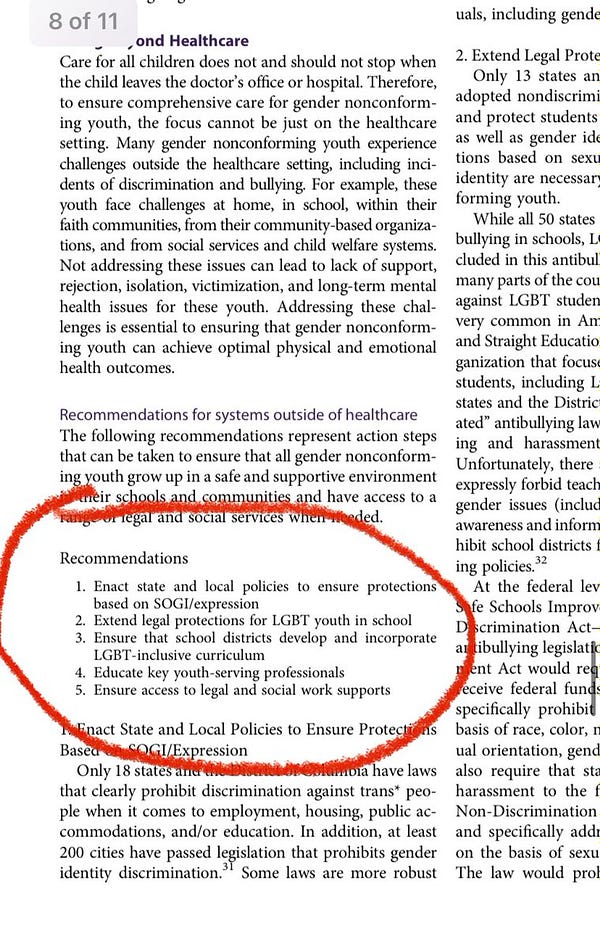
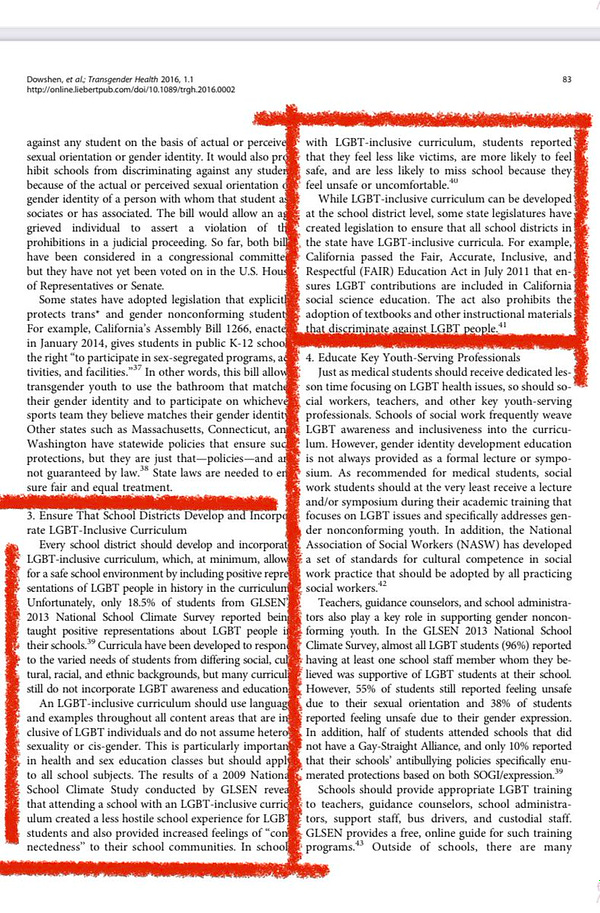
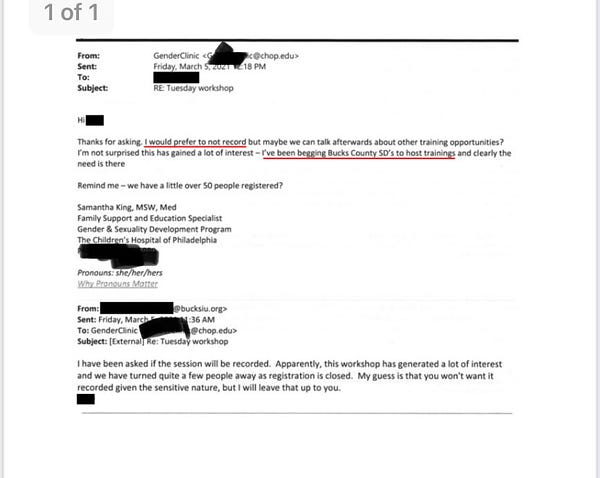
2017
2018
How Mamas Love Their Babies published (Feb. 13, 2018)

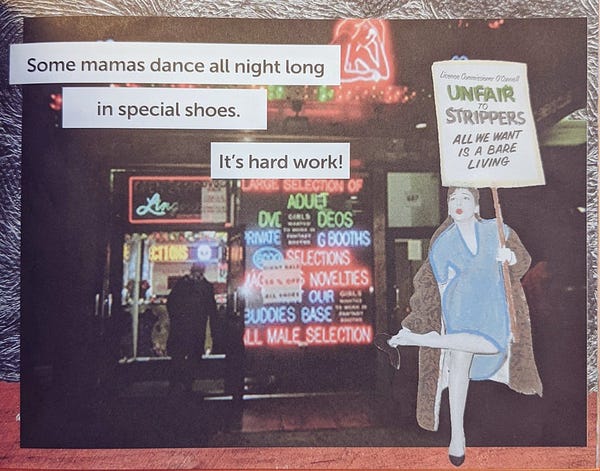




August 2018
Vanderbilt University opened Clinic for Transgender Health
According to an article in the Tennessean by health care reporter Brett Kelman:
Vanderbilt University Medical Center will open a new clinic dedicated to transgender patients on Friday, expanding a limited-yet-growing number of options for transgender-tailored health care in Tennessee.
The clinic, which is intended as a comprehensive health care provider, will offer primary care, medical specialists, mental health services, hormone therapy and guidance both before and after transition surgery, according to an announcement from the hospital.
The new clinic will open in the existing Vanderbilt Health Walk-in Clinic Bellevue, located at 7069-B Highway 70 South.
“This new clinic allows us to meet our patients where they are in their journey and help them with the resources they need,” said Dr. Shayne Sebold Taylor, medical director of the clinic. “I can help them access Vanderbilt’s specialists allowing us to coordinate their care wherever they are in the transition process.”
In a press release, deleted from the web in September 2022, the university said:
VUMC Clinic for Transgender Health Opens on August 24
August 16, 2018
After more than two years of planning, the new Vanderbilt Clinic for Transgender Health will open on Friday, Aug. 24. The clinic, open Friday afternoons to start, will provide comprehensive gender-affirming services in a single convenient location.
Initially, the clinic will co-locate in Bellevue at the Vanderbilt Walk-In Clinic before moving to its permanent home in One Hundred Oaks in January 2019.
Shayne Taylor, M.D., who's just finished residency at Vanderbilt and appointed to faculty, will serve as the clinic's first director. Adam Huggins, M.D., assistant professor in obstetrics and gynecology, will serve as the clinic's assistant director.
Patients seeking gender affirmation services can contact the Vanderbilt Program for LGBTQ Health for referrals at lgbtq.health@vumc.org.
Vanderbilt University ‘gender affirming care’

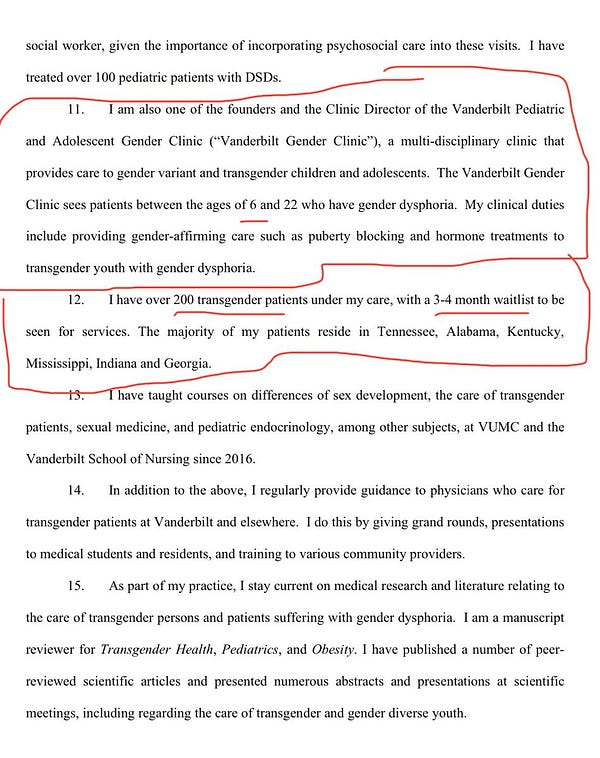
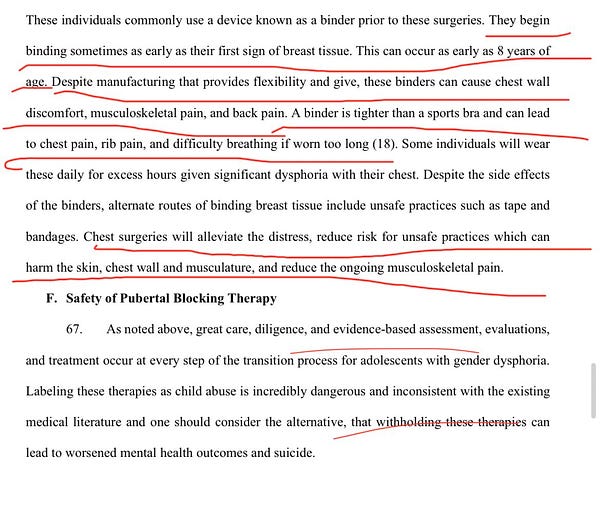
Not My Idea: A Book About Whiteness published (Sept. 4, 2018)
Anastacia Higginbotham publishes the book, Not My Idea: A Book About Whiteness,” with controversial ideas, including: “Whiteness is a bad idea.”
It also notes: “Innocence is overrated.”

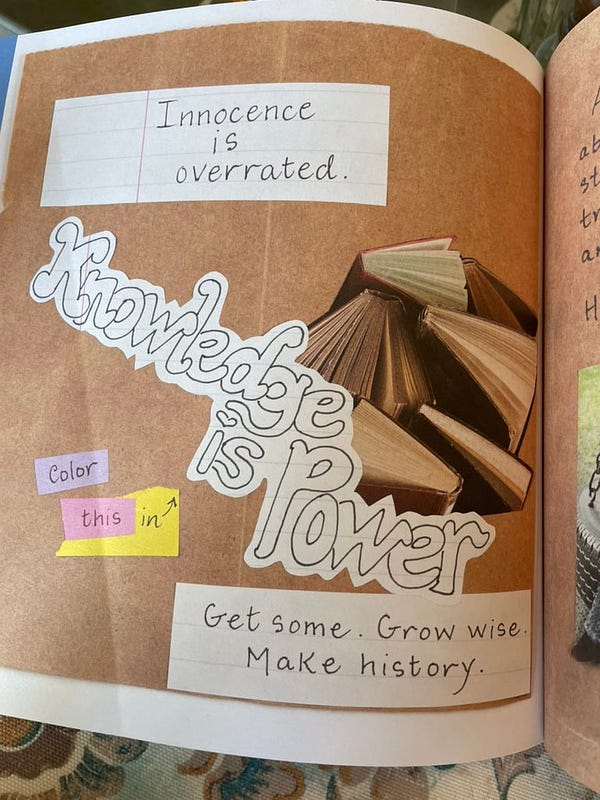


2019
Lawn Boy published (March 2019)
Author Jonathon Evison published Lawn Boy on March 19, 2019.


May 2019
Gender Queer: A Memoir published (May 28, 2019)
Author Maia Kobabe published Gender Queer: A Memoir on May 28, 2019.




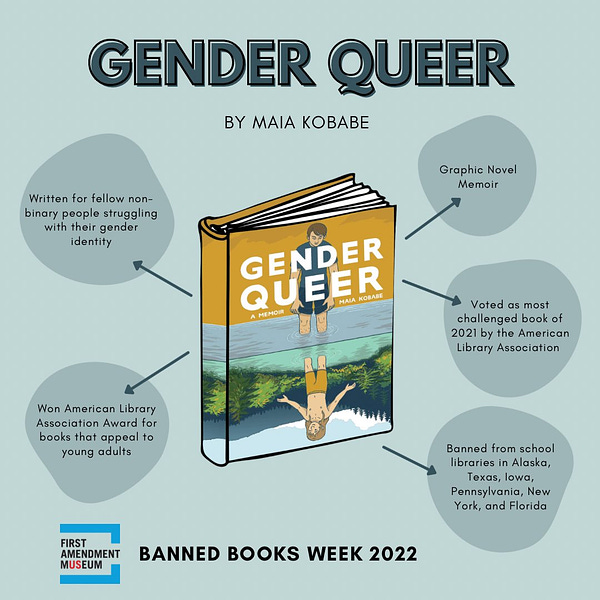


August 2019
Akron Children’s Hospital opened ‘Center for Gender Affirming Medicine’
In an article by reporter Robin Goist, Cleveland.com wrote:
AKRON, Ohio – Growing up is hard. Growing up transgender is even harder.
That’s why Akron Children’s Hospital’s new Center for Gender Affirming Medicine is providing support, resources and medical treatment for patients as young as 7 years old.
The center, in the Considine Professional Building at 215 W. Bowery Street, is part of the hospital’s adolescent medicine division and offers care to LGBTQ+ youth, including transgender patients.
Dr. Crystal Cole, an adolescent physician who directs the clinic, said Akron Children’s has always treated youth who identify as transgender, which means they identify as a gender other than the one they were given at birth.

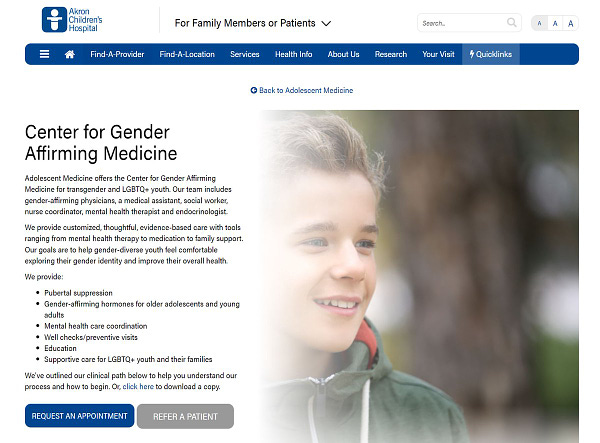
October 2019
Call Me Max published (Oct. 14, 2019)
Kyle Lukoff published Call Me Max.






December 2019
J.K. Rowling canceled again
"Harry Potter" author J.K. Rowling tweeted her support for Maya Forstater, a British researcher who lost her job at a nonprofit think tank following a series of tweets criticizing proposed changes to the United Kingdom's Gender Recognition Act of 2004, which would allow people to self-identify their gender.
Forstater had written:
"I wouldn't try to hurt anyone's feelings but I don't think people should be compelled to play along with literal delusions like 'transwomen are women,'"
Rowling wrote:
"Dress however you please. Call yourself whatever you like. Sleep with any consenting adult who'll have you. Live your best life in peace and security. But force women out of their jobs for stating that sex is real?"

2020
March 2020
Suicidality Among Transgender Youth: Elucidating the Role of Interpersonal Risk Factors published (March 2020)
Austin A, Craig SL, D'Souza S, McInroy LB.J Interpers Violence. 2022 March: Data indicate that 82% of transgender individuals have considered killing themselves and 40% have attempted suicide, with suicidality highest among transgender youth. Using minority stress theory and the interpersonal theory of suicide, this study aims to better understand suicide risk among transgender youth. The present study examines the influence of intervenable risk factors: interpersonal and environmental microaggressions, internalized self-stigma, and adverse childhood experiences (ACEs), and protective factors: school belonging, family support, and peer support on both lifetime suicide attempts and past 6-month suicidality in a sample of transgender youth (n = 372). SPSS 22 was utilized to examine the impact of the independent variables on both suicidality and lifetime suicide attempt through two separate logistic regressions. Fifty six percent of youth reported a previous suicide attempt and 86% reported suicidality.
April 2020
George M. Johnson published All Boys Aren’t Blue: A MEMOIR MANIFESTO on April 28, 2020.
May 2020
Woke Kindergarten launched (May 4, 2020)
Activist “Ki” launched Woke Kindergarten on YouTube, with future lessons on gender pronouns.
The Hips on the Drag Queen Go Swish, Swish, Swish, published (May 5, 2020)


June 2020
On June 6, 2020, J.K. Rowling retweeted an op-ed piece that discussed “people who menstruate.”
She wrote:
“‘People who menstruate.’ I’m sure there used to be a word for those people. Someone help me out. Wumben? Wimpund? Woomud?”

She continued:
“If sex isn’t real, there’s no same-sex attraction. If sex isn’t real, the lived reality of women globally is erased. I know and love trans people, but erasing the concept of sex removes the ability of many to meaningfully discuss their lives. It isn’t hate to speak the truth,” she tweeted. “The idea that women like me, who’ve been empathetic to trans people for decades, feeling kinship because they’re vulnerable in the same way as women—i.e., to male violence—‘hate’ trans people because they think sex is real and has lived consequences—is a nonsense.”

On June 10, 2020, Rowling published a lengthy post on her website and posted a tweet that read “TERF Wars.”
TERF is an acronym for “trans-exclusionary radical feminist.”
She wrote:
“This isn’t an easy piece to write, for reasons that will shortly become clear, but I know it’s time to explain myself on an issue surrounded by toxicity. I write this without any desire to add to that toxicity. For people who don’t know: last December I tweeted my support for Maya Forstater, a tax specialist who’d lost her job for what were deemed ‘transphobic’ tweets. She took her case to an employment tribunal, asking the judge to rule on whether a philosophical belief that sex is determined by biology is protected in law. Judge Tayler ruled that it wasn’t.”
September 2020
Physician Angela Kade at “gender health program” at Children’s Minnesota taped a Ted Talk on infants examining gender roles.
How to They/Them published (Sept. 29, 2020)

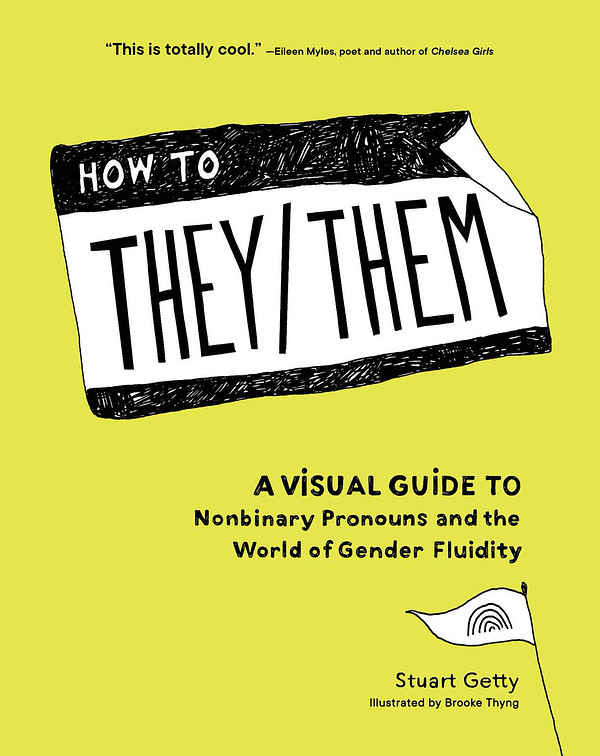
2021
February 2021
March 2021
In March 2021, parents complained after a teacher in Eanes Independent School District in Austin, Texas, read Call Me Max to fourth graders at Forest Trail Elementary School.
The school district sent an email to parents saying the book had not been “appropriately reviewed.”
The district said:
“The particular topic of the book (gender identity) is understandably sensitive and personally important to many families. In time, the subject of gender identity may be addressed instructionally – but only with proper caution and prior parent awareness. We recognize, while we have always tried to create a climate where all children feel they belong, we also have to be aware of the maturity level of children in the classroom regarding sensitive topics.”
“We plan to use this as an opportunity to reinforce to our staff the need to implement instructional, age- and developmentally appropriate safeguards to prevent further occurrences such as this without prior oversight and parental knowledge.”
In June 2021, Edmonds School District No. 15 in Edmonds, Washington, had an elementary school read aloud of Call Me Max posted on Facebook, with the message, “Enjoy!”
Let’s Talk About It published (March 9, 2021)
The book is marketed to teens.

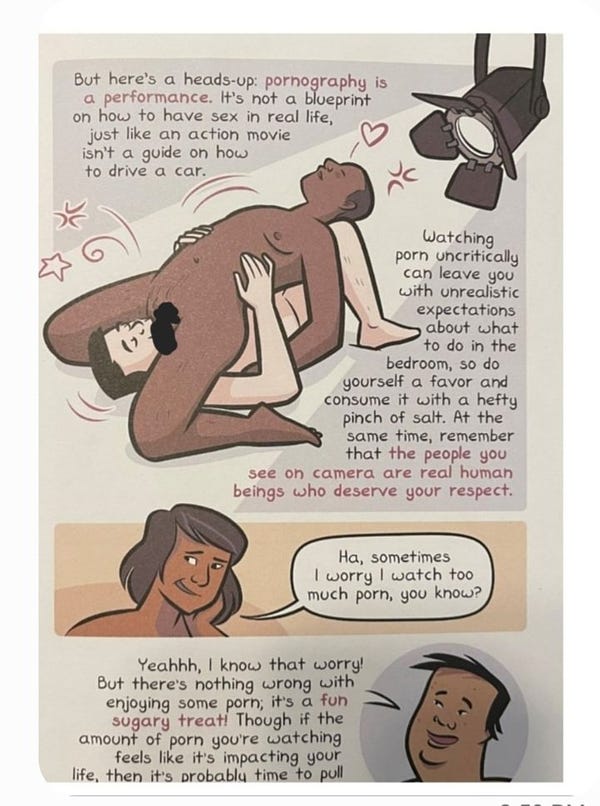

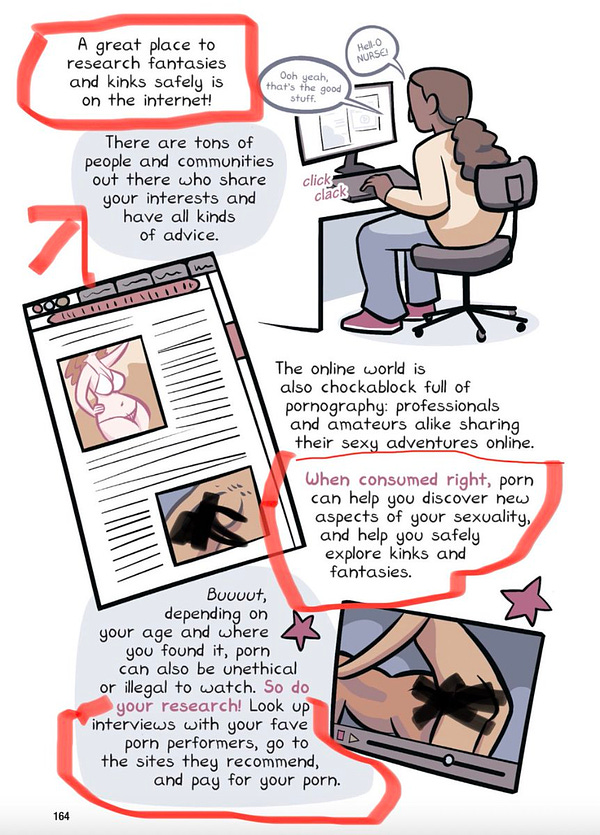
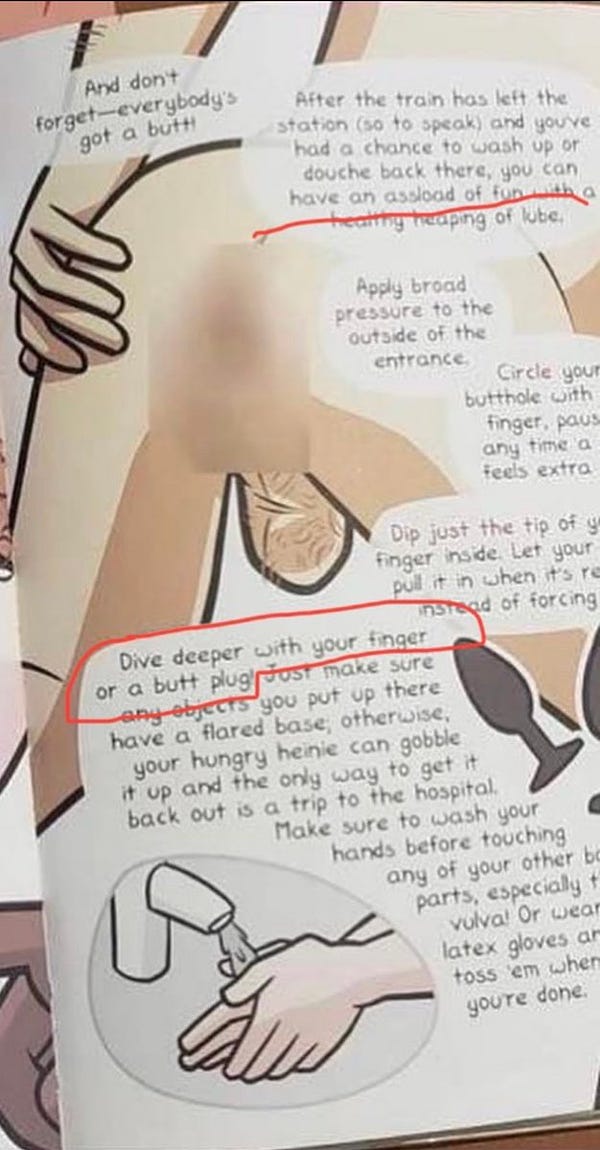
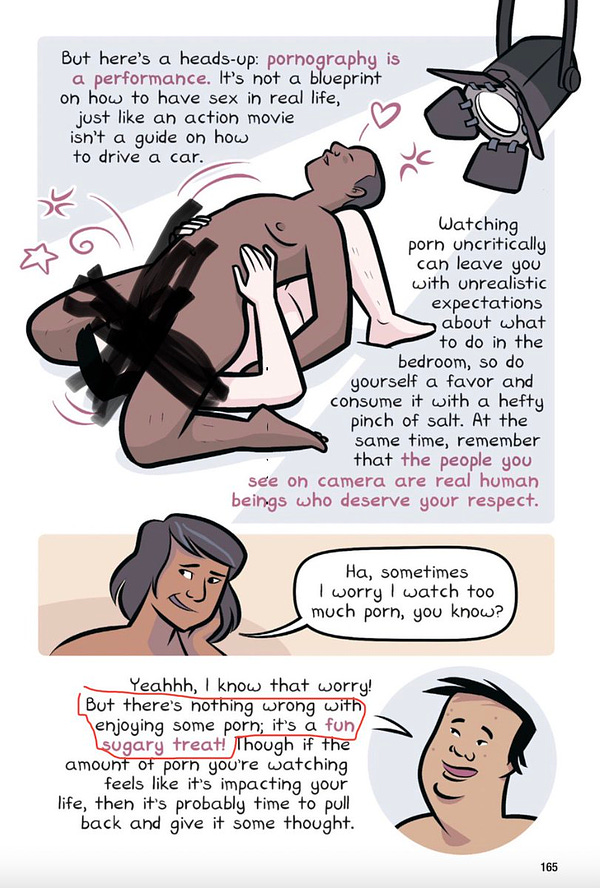
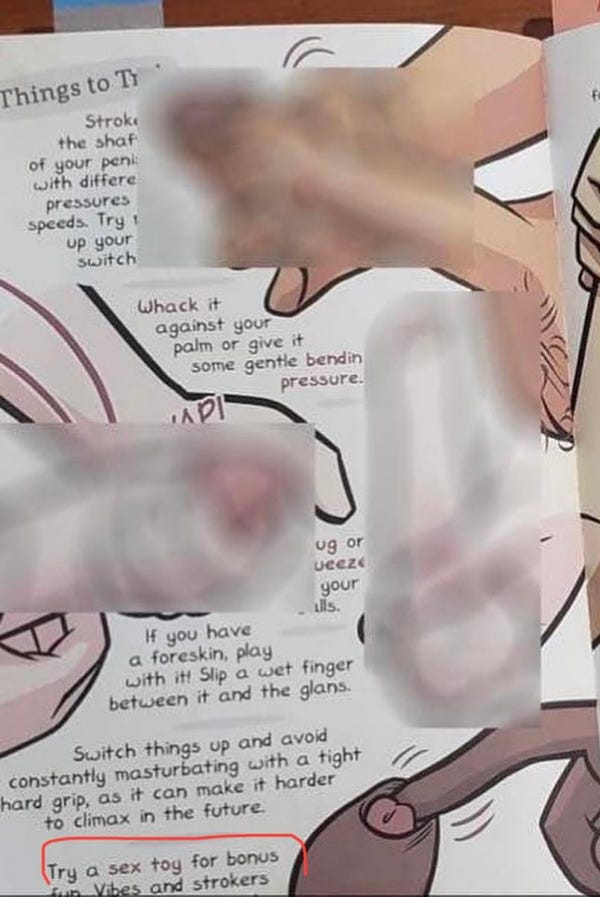


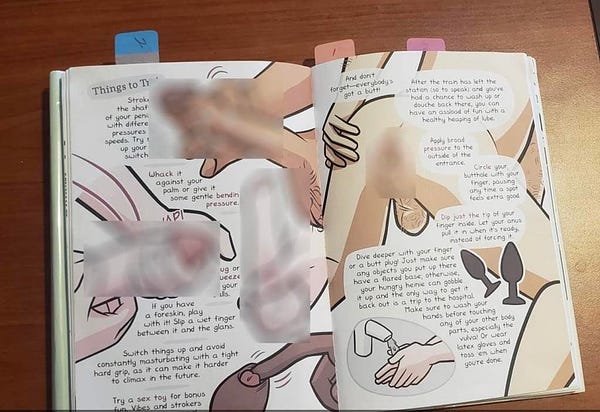
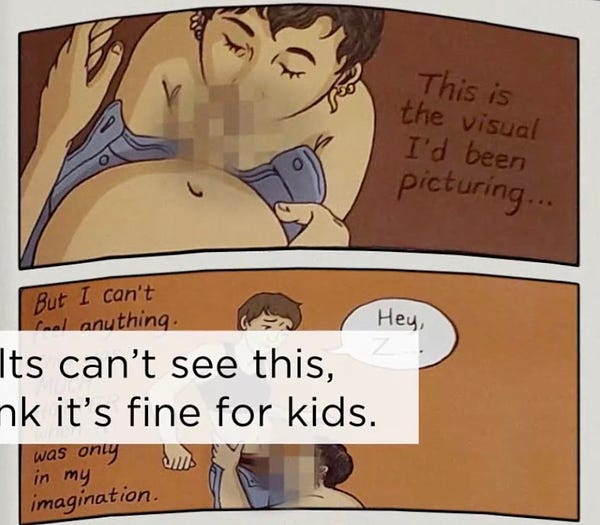
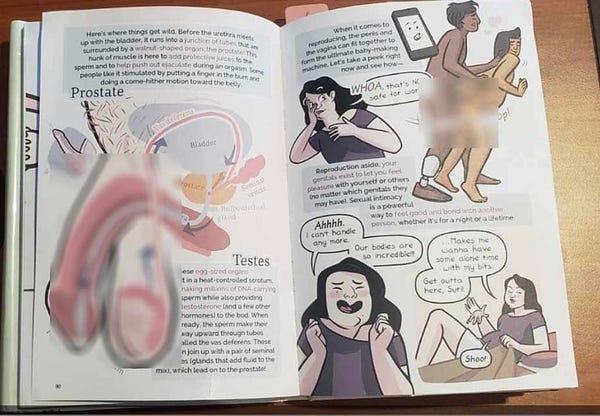


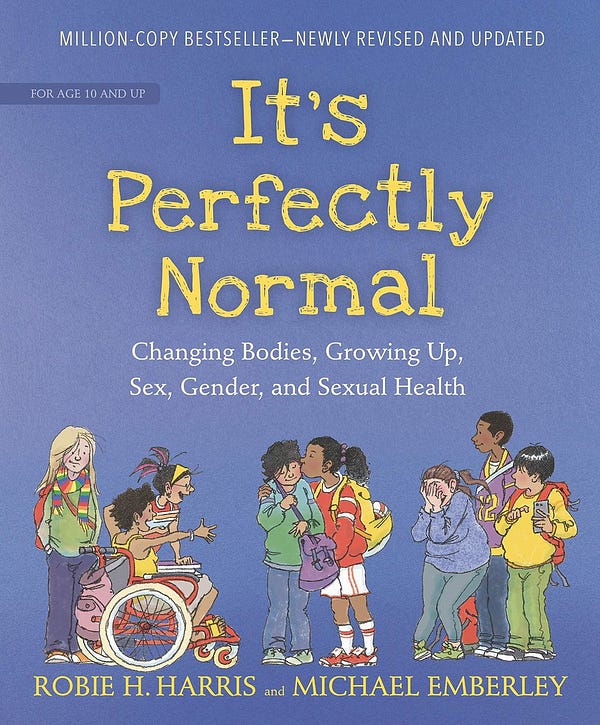
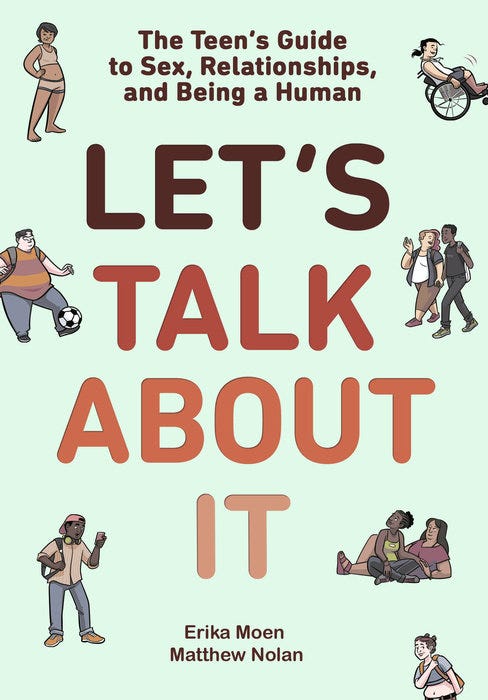
It Feels Good to be Yourself book published

May 2021
The Gay BCs book published (May 4, 2021)
Quirk Books.published The Gay BCs by author M. L. Webb, including illustrations with references to sexual slangs. It’s later read to kindergartners in Pittsford, N.Y.

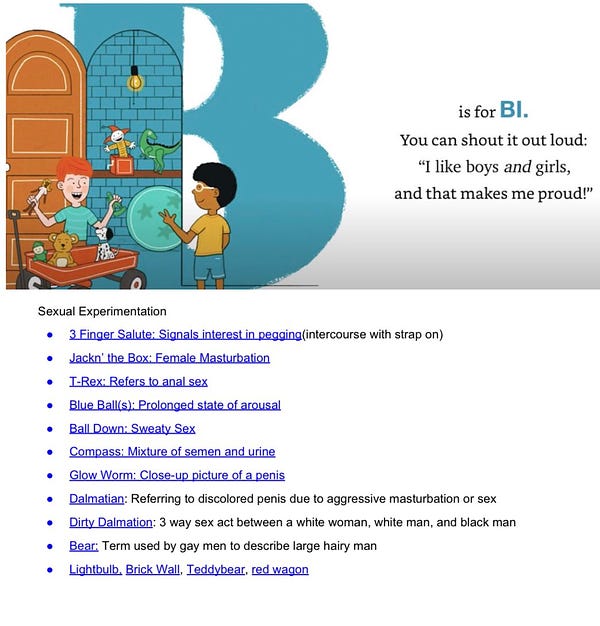
‘What Are Your Words?’ published (May 15, 2021)

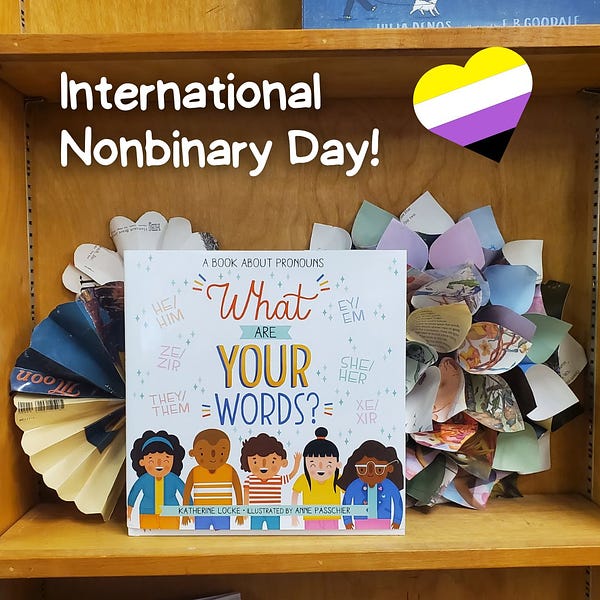


June 2021
Abigail Shrier published Irreversible Damage (June 29, 2021)
July 2021
Helen Joyce published Trans, critique on activists (July 15, 2021)
The paperback was published in May 2022.

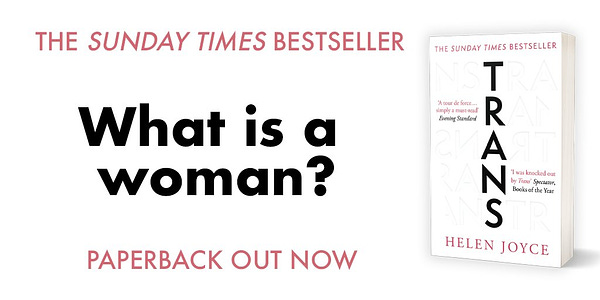

August 2021
Fox 11 Los Angeles reported:
The Newport-Mesa School District is investigating a teacher after she posted a video admitting that she encouraged her students to pledge allegiance to a gay pride flag after she removed the American flag from her classroom.
Virginia government: allow gender choice without parental knowledge
In Virginia, school districts debated a new directive by the Northam administration that students be allowed to use gender pronouns or use restrooms of their gender choice without the knowledge of their parents.
December 2021
‘The Pronoun Book’ is out
Later, the Association for Library Service to Children promoted the book in its 2022 summer reading list for preschool children.
“The Pronoun Book” is “for children aged 5+” and “gently encourages children to learn pronoun etiquette and educates them on they/them pronouns, trans and non-binary identities, misgendering and neo-pronouns such as xe, zir and hir.”

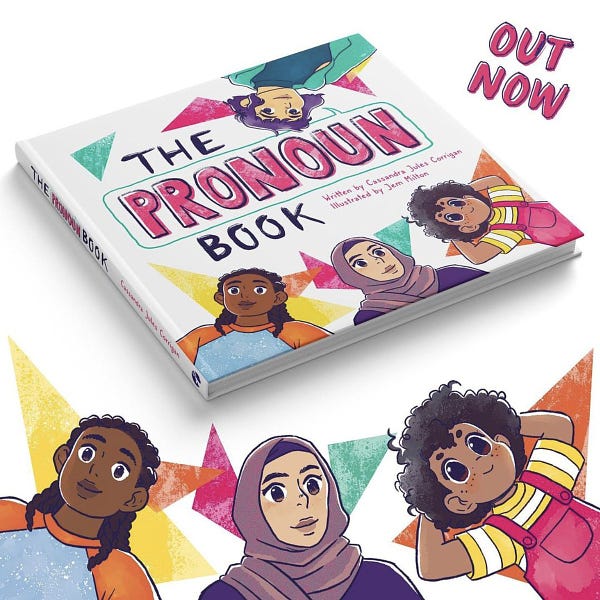

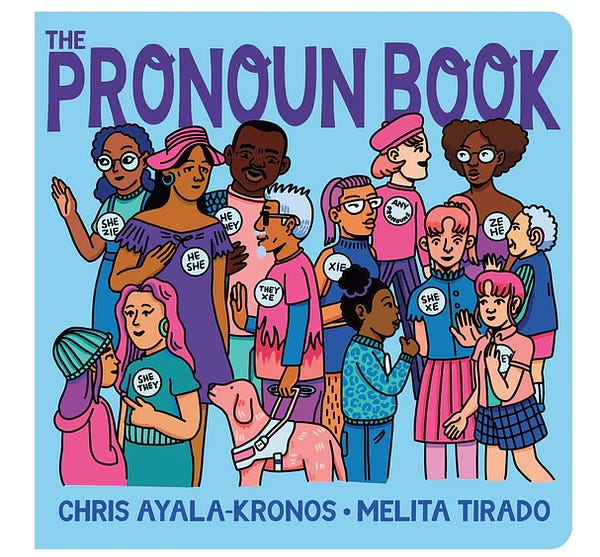

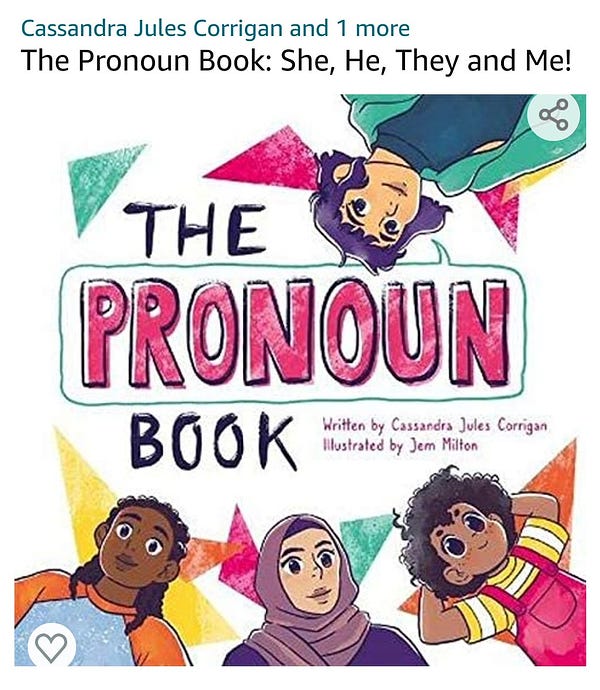


2022
March 2022
My Own Way: Celebrating Gender Freedom published (March 1, 2022)
The book is marketed for “Ages: 3-6 years.”

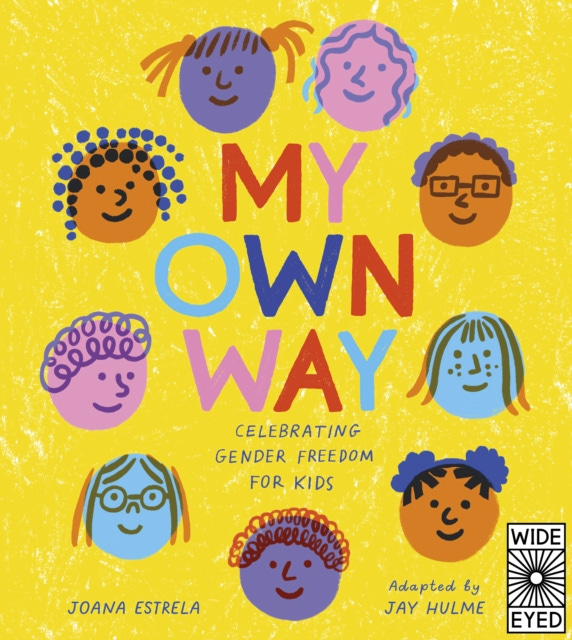
Meanwhile, a Dallas hospital stopped services for children.
April 2022
Seeing Gender published (April 26, 2022)
A chapter is entitled, “‘Sex Work’ is Not a Bad Term.”


May 2022
If You’re a Drag Queen and You Know It, published (May 17, 2022)
Running Press Kids, based in Philadelphia, published the book by “Lil Miss Hot Mess.”

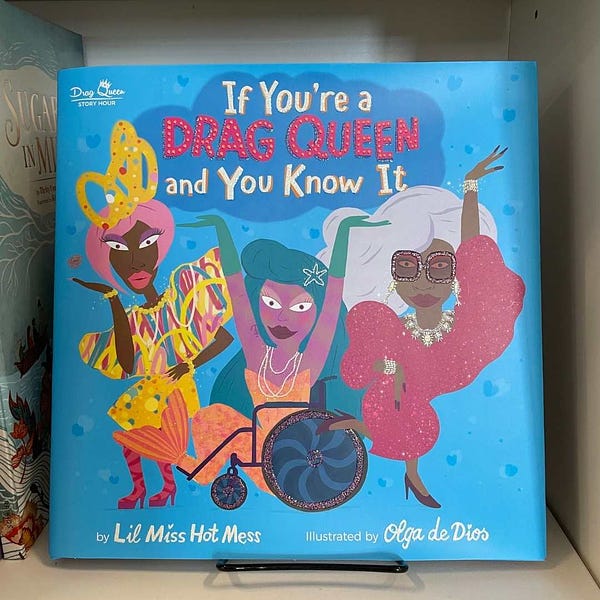

Bye Bye, Binary, published May 24, 2022
The book is listed for “Baby - 4 years.”

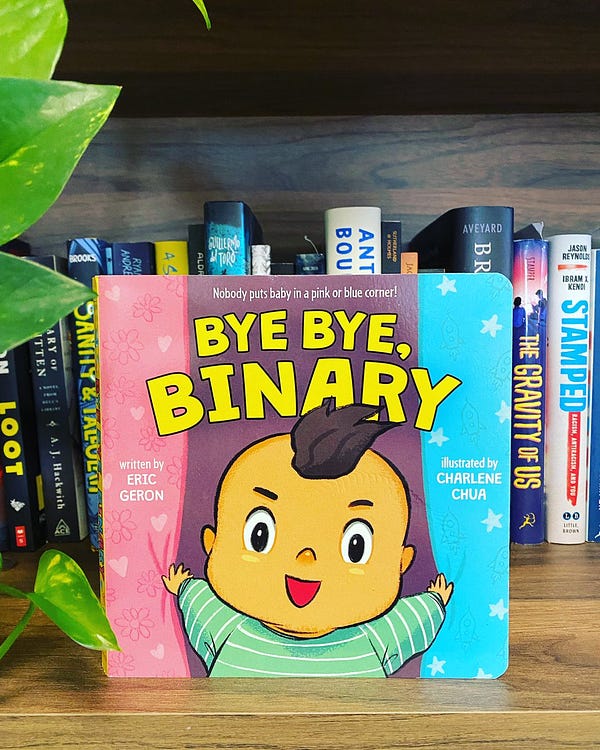

Journalist Helen Joyce publishes Trans (May 5, 2022)


Matt Walsh released “What Is a Woman?” documentary
June 2022
Activists lower age for sex hormones to 14
A leading transgender health association has lowered its recommended minimum age for starting gender transition treatment, including sex hormones and surgeries.
The World Professional Association for Transgender Health said hormones could be started at age 14, two years earlier than the group’s previous advice, and some surgeries done at age 15 or 17, a year or so earlier than previous guidance. The group acknowledged potential risks but said it is unethical and harmful to withhold early treatment.
The association provided The Associated Press with an advance copy of its update ahead of publication in a medical journal, expected later this year. The international group promotes evidence-based standards of care and includes more than 3,000 doctors, social scientists and others involved in transgender health issues.
Daily Wire’s Matt Walsh published What Is a Woman (June 2022)
July 2022
Transgender push in sports
September 2022
Therapists and psychiatrists acknowledge they keep secrets from parents.
University of Oklahoma Children’s Hospital ‘gender affirming care’


It includes “collaborating with schools” and conducting phalloplasty, the making of penises on girls self-identifying as boys. (Shocking picture below.)

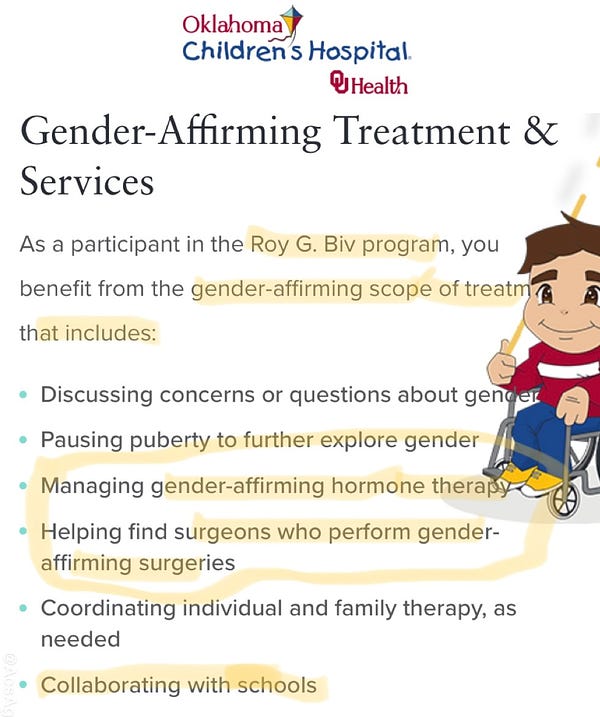


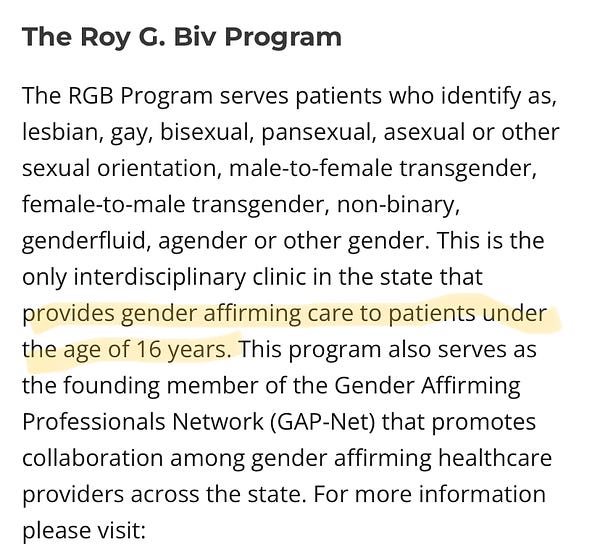

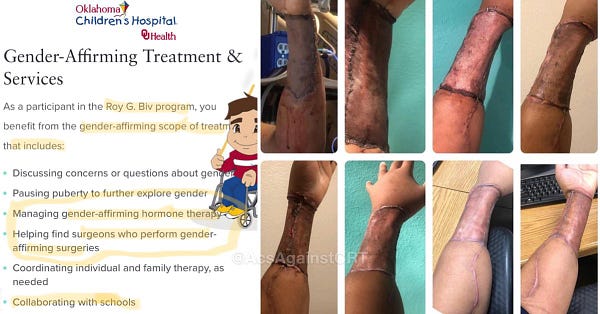

University of Wisconsin ‘gender affirming care’
The services include vaginoplasties, phalloplasties and double mastectomies.


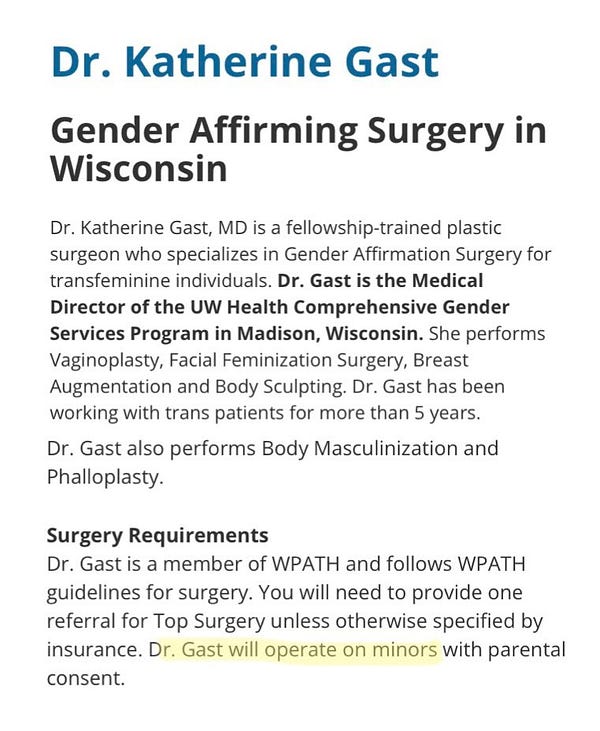
Politics of ‘WPATH’ lowering age of hormones and surgery

The Economist reported on Sept. 22, 2022:
New standards of transgender health care raise eyebrows
Controversial recommendations on everything from transition to castration


It wrote:
As if more drama were needed in the gender wars, the public launch of the latest standards of care by the World Professional Association for Transgender Health (wpath) on September 15th was a mess. Known as soc8, they originally included a list of minimum ages for treatments—14 for cross-sex hormones, 15 for removal of breasts, 17 for testicles. Hours later, a “correction” eliminated the age limits. The head of the drafting committee, Eli Coleman, said the publisher went ahead “without approval” before final changes were made.
This only intensified concerns about the document’s “gender-affirming” approach that supports self-diagnosis by adolescents and children. wpath, based in Illinois, has been the main transgender-health organisation that is looked to for guidance across the world. Since its views count, critics worry about soc8 saying hormones and surgery should be allowed at even younger ages. They think this medicalises too many teens who need neither, just therapy. soc8 also says puberty blockers are reversible, a contested claim.
Teachers’ union badges with QR codes to sexually explicit tips



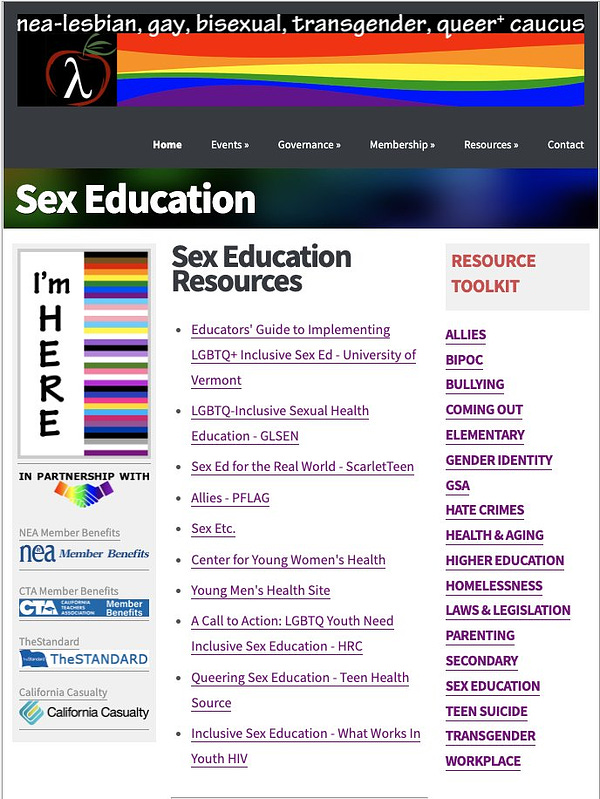
Sept. 20-21, 2022
Advocates defend “gender-affirming care.”




“Gender-affirming repro health specialist” Leah Torres reported account of Daily Wire’s Matt Walsh for reporting on the Vanderbilt treatments.


Johns Hopkins returns to gender surgery — now for children
Says the director of the Adolescent Speciality Clinic: “Part of the visit entails having the parent step out of the room…”

Thank you for reading this chronology of events. Please let me know at asra@asranomani.com or @AsraNomani on Twitter about any items to add to the timeline. If we educate ourselves, we are in a better position to serve the children.






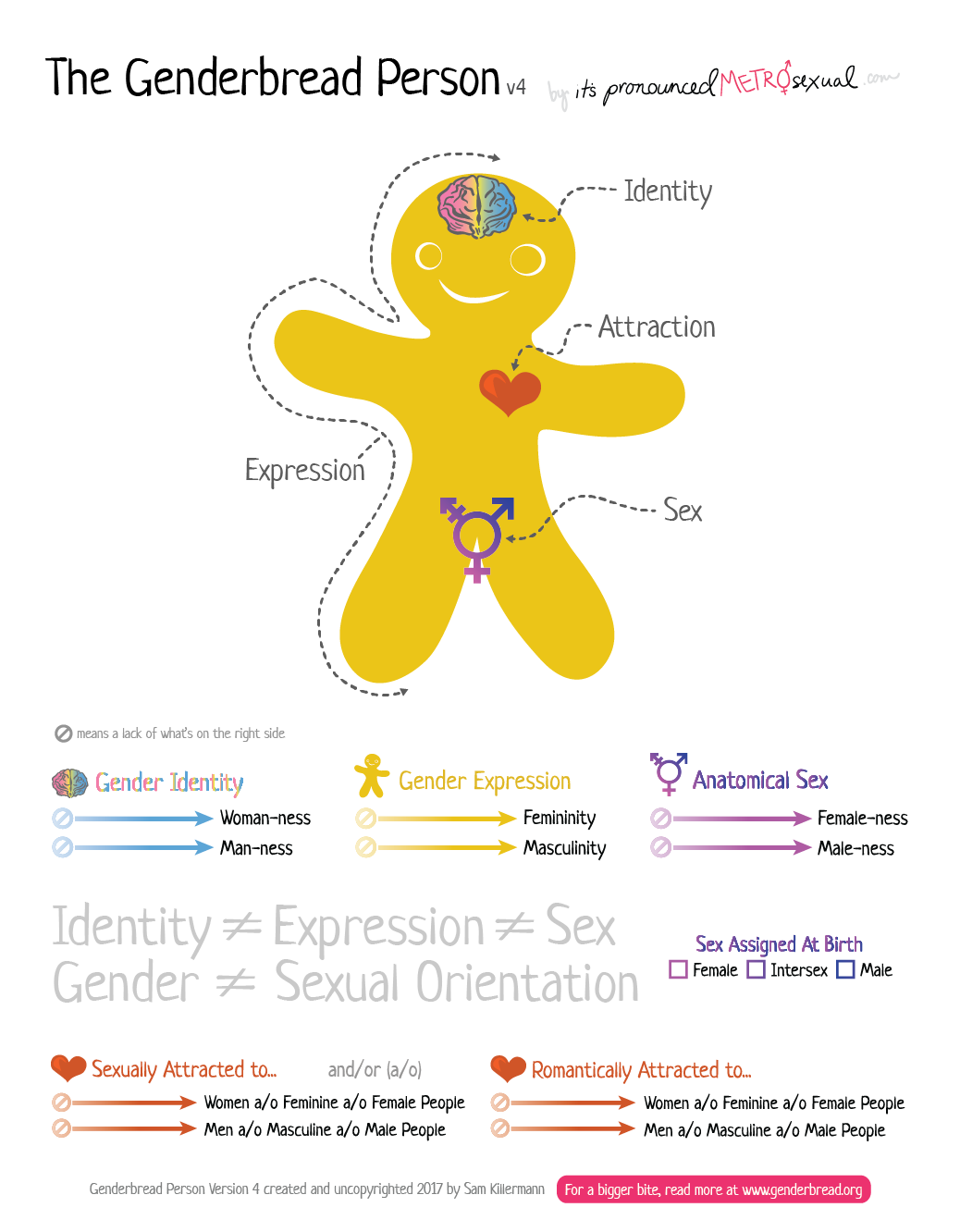









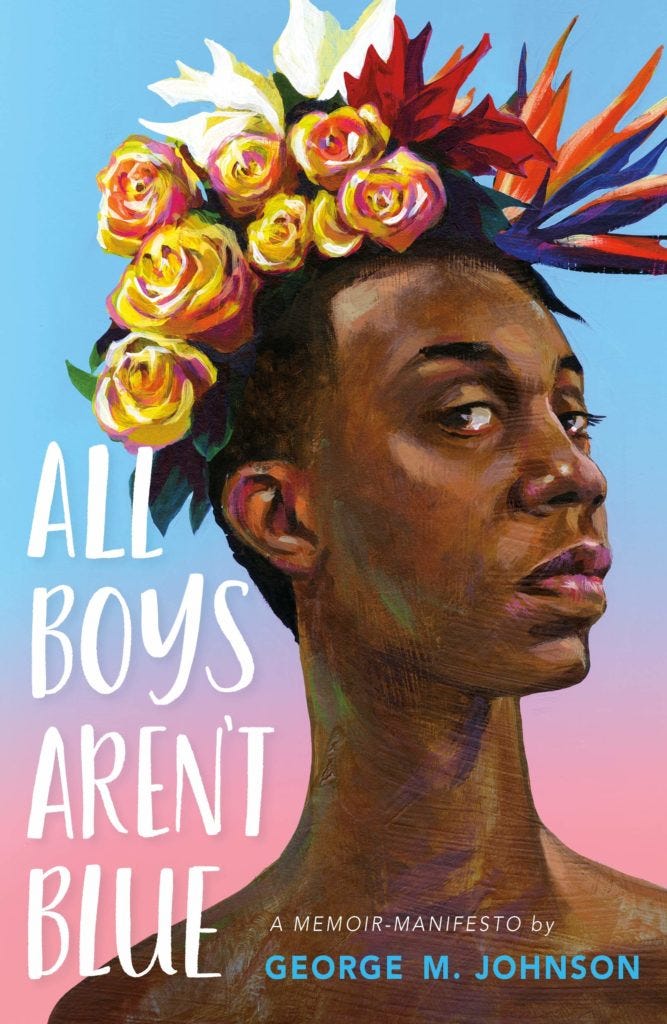

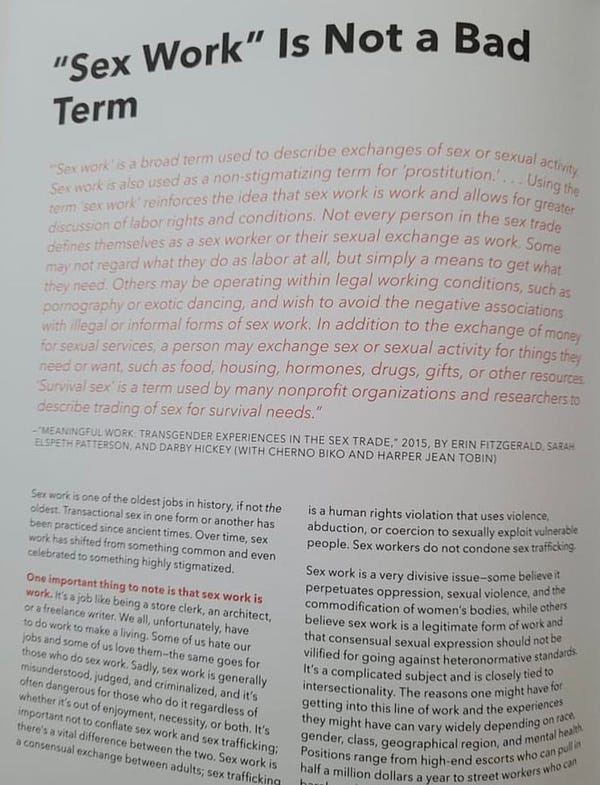


The issue of books is tricky. The pictures in the books in this article, if depicted in a movie would be rated R at least and more likely be relegated to theaters on back streets. I wonder too if lesbian sex and sex between men and women appear in books in school libraries or is this all aimed at boys.
I got my library science degree in 1972. At that point, as I recall, the American Library Association through its “social responsibilities round table” was already pushing the normalization of “alternative sexual lifestyles.” People think that librarians are somehow neutral judges of literary quality, but this is not so. Library science has always included many gay men, mostly, with the consequent accompanying bias. Contrary to the stereotype, like most Americans, librarians tend to be tolerant, and be willing to ignore what goes on behind closed doors. But kinky behavior is now out in the public square and therefore open to criticism. Kudos as usual to Astra Nomani for putting this article together. If the books can’t be removed, publicity about the contents at least warns parents about them
Strange times. The brilliant and brave Asra Nomani is one of the indispensable people for parents that want to protect our kids, especially from irreversible harm. So many Americans, myself very much included, have a "live and let live" ethos... as long as you stay away from children. That has never seemed too much to ask. It still doesn't.